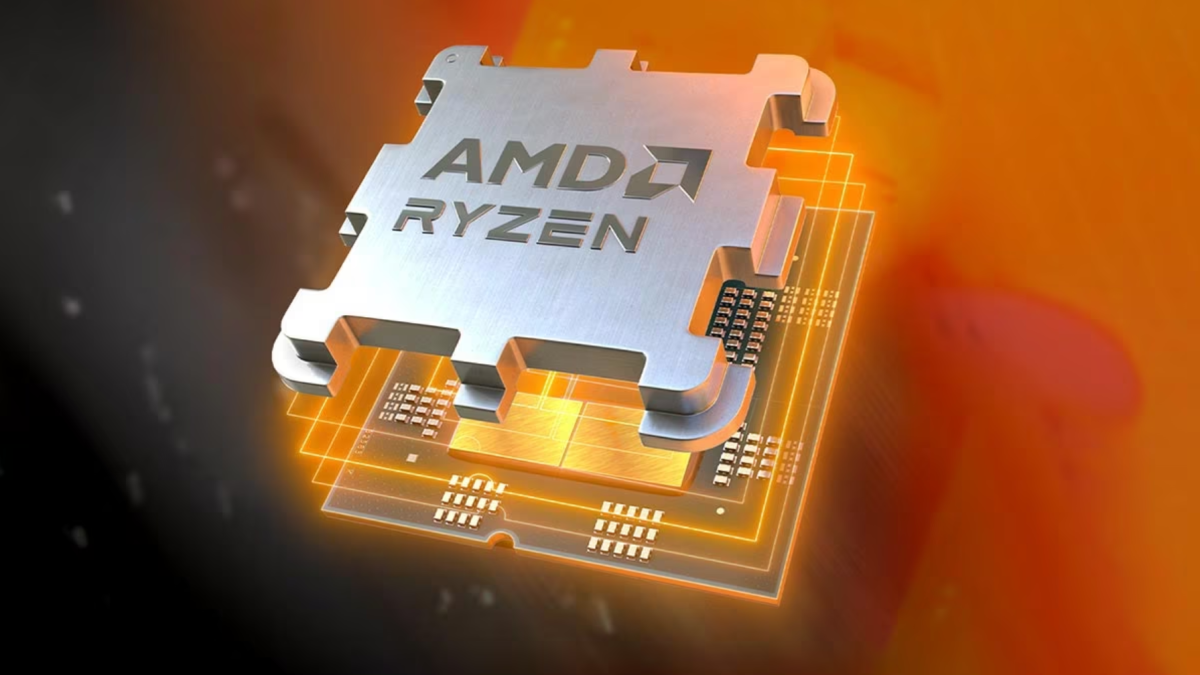Ryzen 8000G may reduce SSD and GPU performance

Earlier this month, AMD officially announced its Ryzen 8000G series desktop processors at CES 2024. Known as Accelerated Processing Units (APUs), these new processors come with AMD's latest Zen 4 core architecture and RDNA 3 graphics. The new series consists of four different products: two high-end models based on Phoenix 1 chips, and two entry-level products based on Phoenix 2.

According to the official specifications published by Gigabyte for its B650E AORUS ELITE X AX ICE motherboard, the two Phoenix 2 chips, Ryzen 5 8500G and Ryzen 3 8300G, will only offer PCIe 4.0 x4 functionality for graphics cards. In contrast, the Phoenix 1 APUs, the Ryzen 7 8700G and Ryzen 5 8600G, will support PCIe 4.0 x8. A similar situation applies to the M.2 lanes, which will be reduced from PCIe 4.0 x4 in the two Phoenix 1 chips to PCIe 4.0 x2 for the Phoenix 2, almost halving SSD performance.

This means that the two lower than 8000G chips will only be able to drive a PCIe 4.0 SSD with two lanes instead of four and external graphics cards with only four lanes instead of the 8 or 16 supported by most modern desktops platforms. Unlike the Ryzen 7000, none of the 8000G APUs support PCIe 5.0.
The support for fewer PCIe lanes is expected to have a negative impact on SSD speed and GPU performance, especially if you're considering installing high-end components. However, that shouldn't be a problem for entry-level graphics cards, many of which still only support 4x PCIe 4.0 lanes.
Reports claim that AMD had originally only listed single-channel memory support for the Phoenix 2 APUs, but this has since been updated to show dual-channel memory support for the 8300G. While a single channel would still have offered enough bandwidth to drive iGPUs, it wouldn't have been enough to extract full performance from graphics cards, so dual-channel support is definitely good news.
In the coming months, it will be interesting to see how these new processors perform against their predecessors and competitors.
Latest processor - cpu
-
31 Octprocessor - cpu
-
16 Sepprocessor - cpu
AMD Ryzen AI 7 PRO 360 spotted
-
04 Sepprocessor - cpu
Intel scores big AI chip customer
-
04 Sepprocessor - cpu
Exclusively-Intel manufacturing store drawers
-
29 Augprocessor - cpu
Big performance boost for Ryzen CPUs
-
28 Augprocessor - cpu
Intel shares could fall in battle with TSMC and NV
-
28 Augprocessor - cpu
AMD is claimed to have been hacked
-
27 Augprocessor - cpu
Intel presents Lunar Lake, Xeon 6, Guadi 3 chips
Most read processor - cpu
Latest processor - cpu
-
31 Octprocessor - cpu
AMD will launch the Ryzen 7 9800X3D on November 7
-
16 Sepprocessor - cpu
AMD Ryzen AI 7 PRO 360 spotted
-
04 Sepprocessor - cpu
Intel scores big AI chip customer
-
04 Sepprocessor - cpu
Exclusively-Intel manufacturing store drawers
-
29 Augprocessor - cpu
Big performance boost for Ryzen CPUs
-
28 Augprocessor - cpu
Intel shares could fall in battle with TSMC and NV
-
28 Augprocessor - cpu
AMD is claimed to have been hacked
-
27 Augprocessor - cpu
Intel presents Lunar Lake, Xeon 6, Guadi 3 chips






